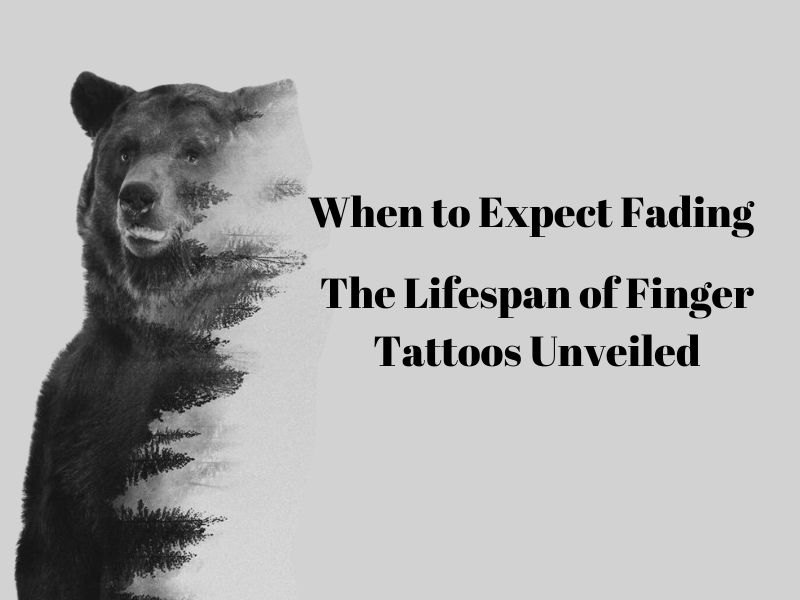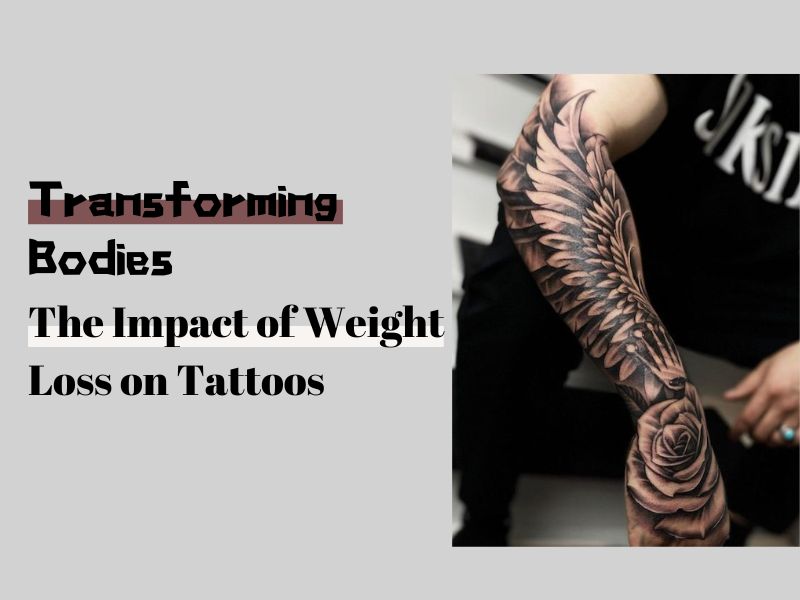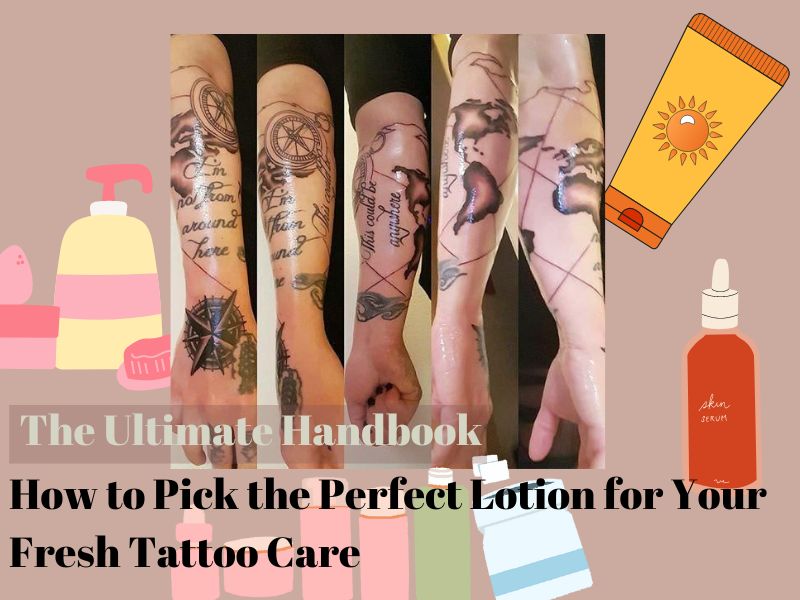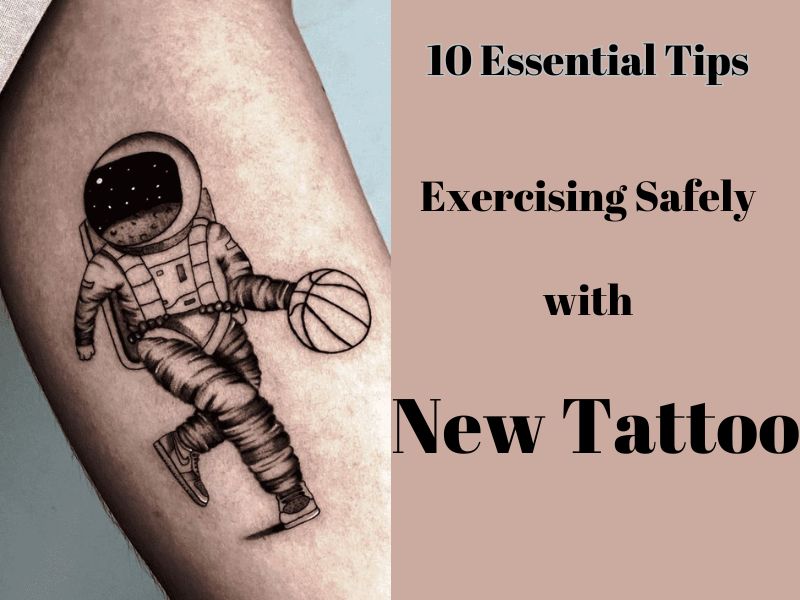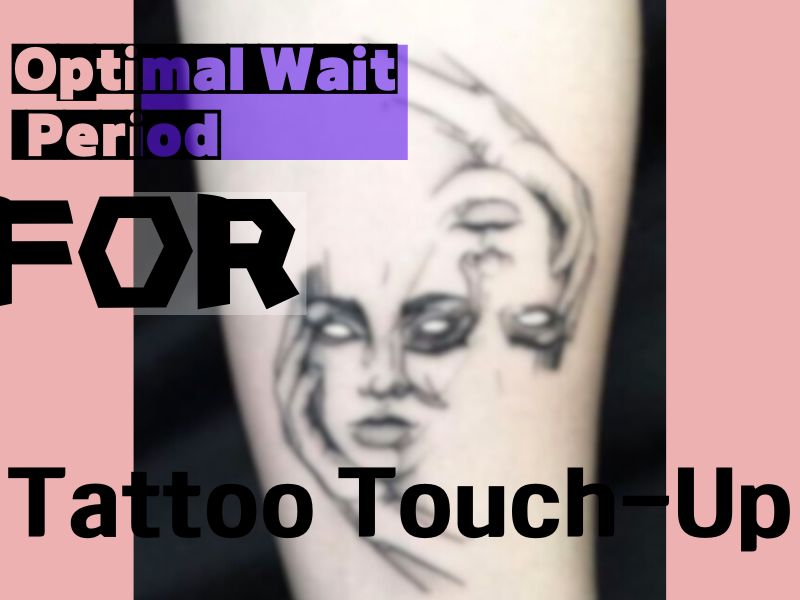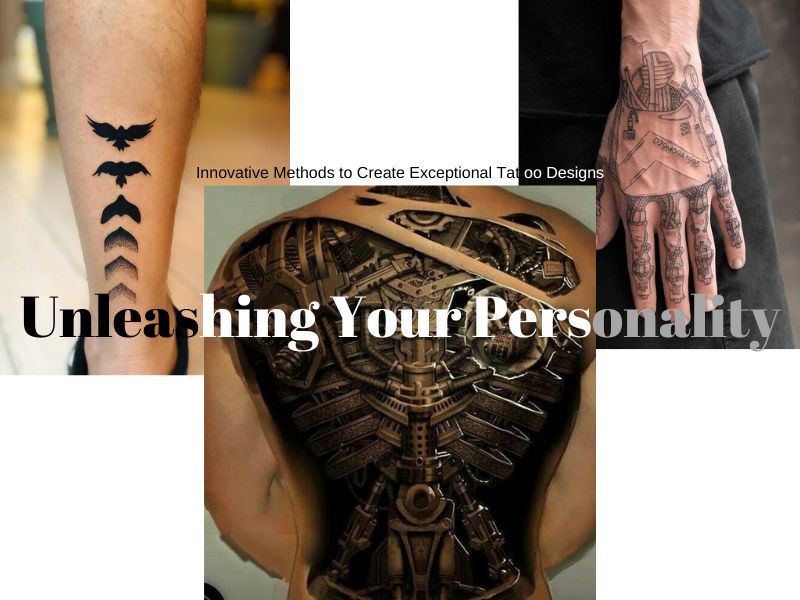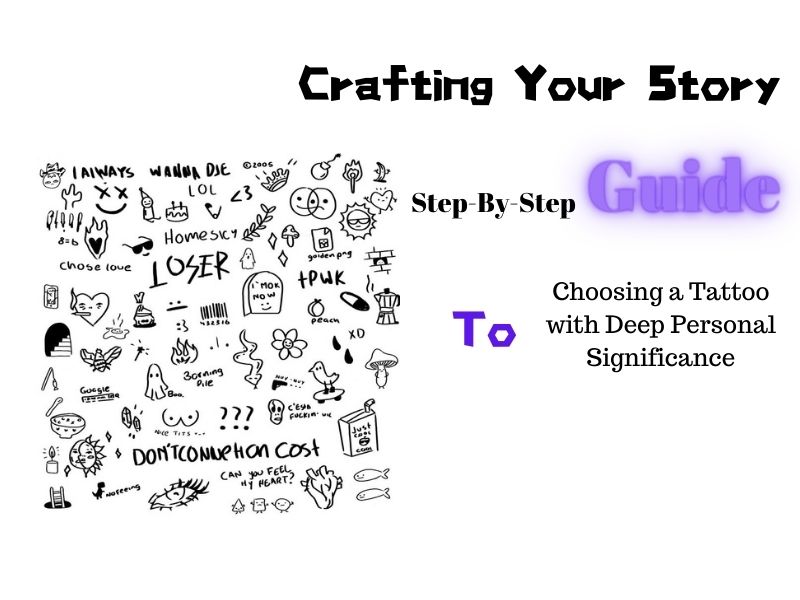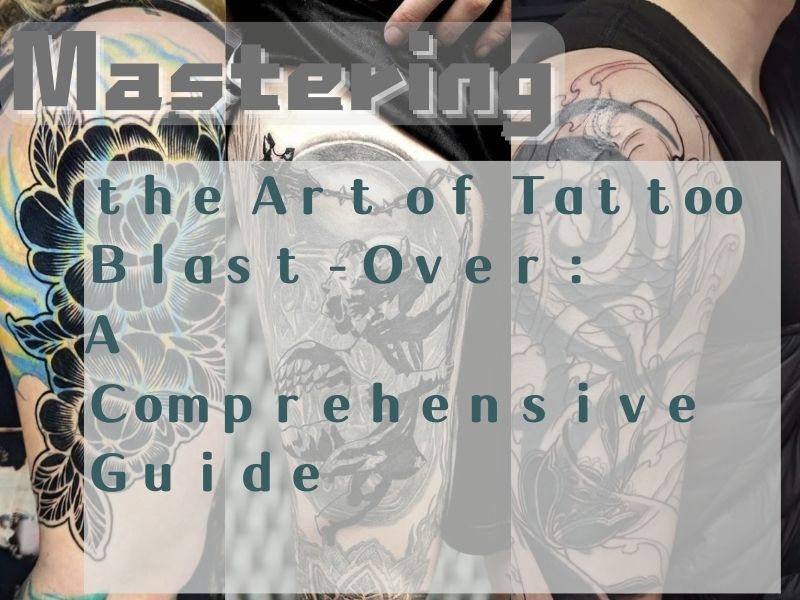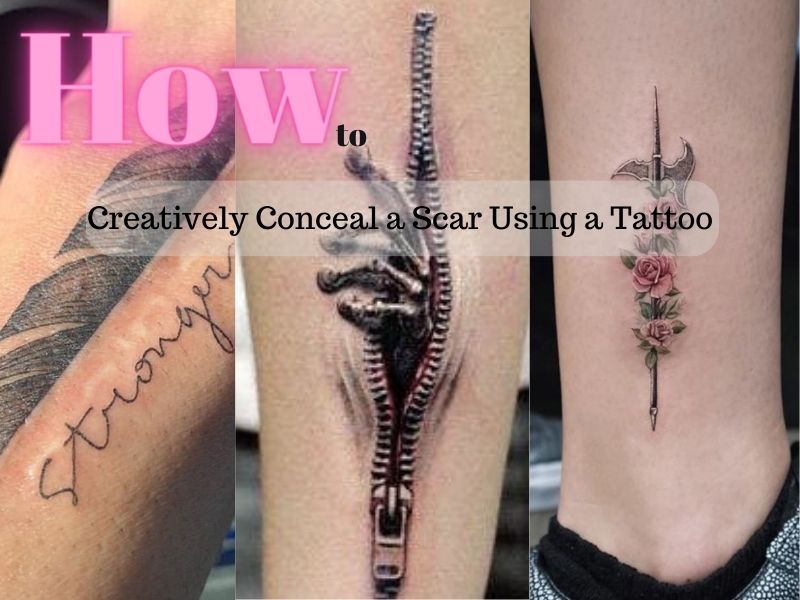Introduction
While the allure of having your tattoo immediately touched up might be tempting, patience pays off in these situations. It’s not just about waiting, but also observing the changes that your artwork undergoes and the healing process it exhibits. Be attentive to the behavior and response of your skin, and don’t hesitate to share this with your tattoo artist. They can provide you a customized guideline built around your skin’s healing trend and the nature of your tattoo. Another crucial element to consider is the studio’s policies on touch-ups. Make sure you understand their terms before you set foot back in for your touch-up session. Keep in mind that a tattoo is not just a one-time deal, but a lifelong commitment to preserving a personal piece of art, which is why touch-ups play such an essential role. Your patience, observation, and diligence towards aftercare will go a long way in ensuring your tattoo remains as beautiful and relevant as the day you got it.
1. Tattoo Healing: Understanding the Basics
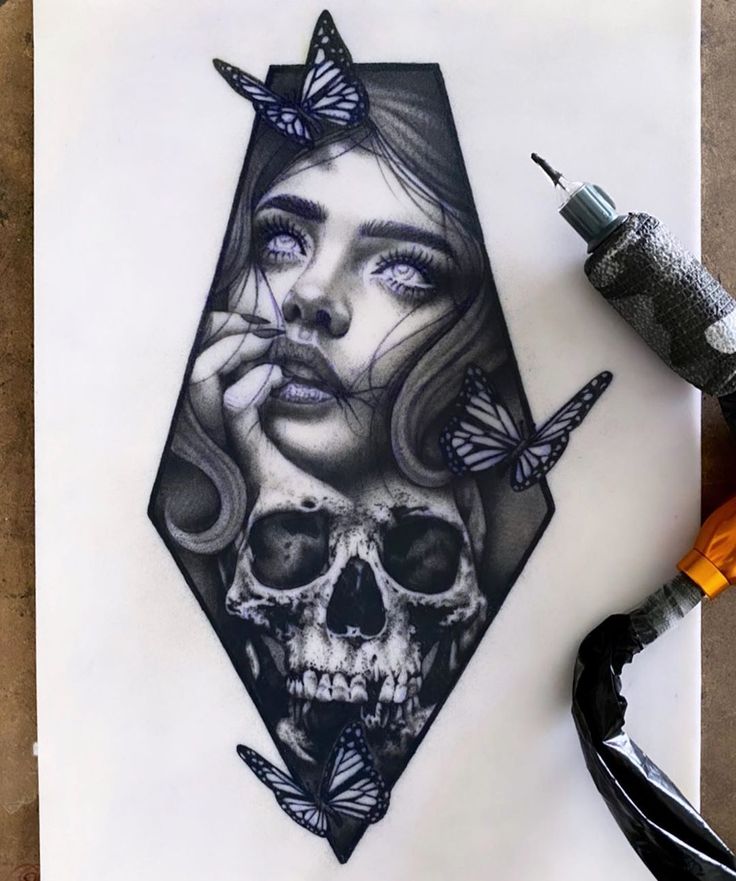
After committing to a tattoo, it embarks onto a journey of transformation. Tattoo healing can be viewed as a series of stages, primarily divided into three key phases: the initial healing, the peeling, and the long-term healing.
The initial healing stage is immediate and lasts for about a week or two―characterized by inflamed skin, mild swelling, and a certain degree of redness. It’s the body’s way of reacting to the introduction of foreign ink particles beneath the skin. A fresh tattoo might also seep a small amount of blood or plasma―a natural part of the healing process.
Next comes the infamous peeling stage where the tattoo may start to itch as it begins to peel, similar to sunburn. This stage typically unfolds about a week into the healing process and it’s crucial to resist the urge to scratch to avoid harming your tattoo’s appearance.
Long-term healing is the final stage, which happens deeper within the skin at the cellular level. This phase can take 3-4 months as your body continues to heal and settle with the ink. The tattoo’s brightness continues to diminish during this period until it achieves a more subdued and natural appearance.
It’s noteworthy that healing times can vary considerably depending on factors such as the size and complexity of the tattoo, location, and even your body’s own healing abilities. A tiny, simple design will inevitably heal faster than an elaborate, large-scale piece. Similarly, tattoos situated on areas with thinner skin or near joints may require longer healing durations due to the greater movement and wear these areas experience. So when considering your touch-up session, keep in mind your original tattoo’s unique characteristics and healing journey.
2. Initial Healing vs. Long-Term Settling
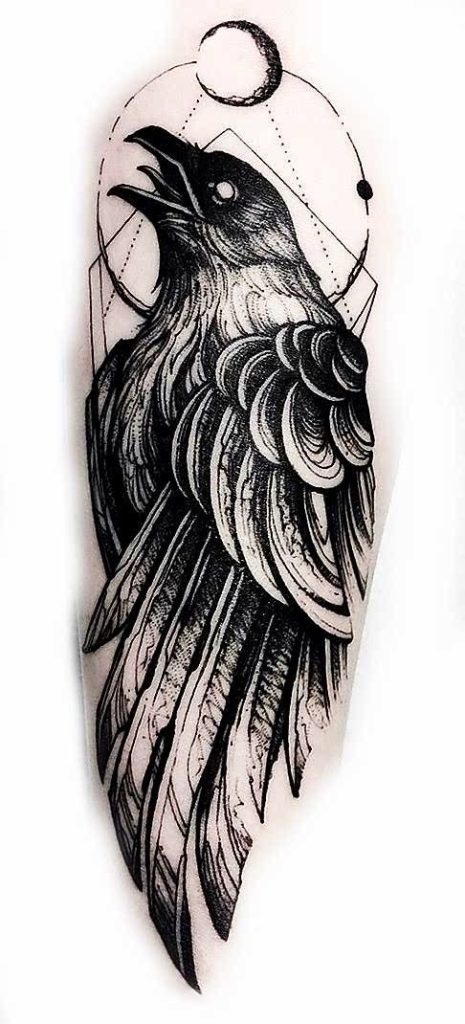
You see, there’s a world of difference between the initial healing phase that happens right after the inking process, and the long-term settling of the tattoo into your skin.This stage ensures the tattoo matures and its true colors and sharpness holds strong. Not to overemphasize, but it is absolutely crucial to let your skin ride through these stages and complete its healing journey before even contemplating a touch-up.
Imagine your skin as an artist’s canvas. Would an artist rush to paint over an artwork before the first layer has dried? Likely not, right? The same logic applies to tattoos. The freshly-adorned tattoo requires patience and care. The skin needs the time to heal and accommodate new ink. This is the initial healing period that typically spans over a few weeks.
Next comes the settling period. This is when your tattoo has moved past the surface appeal and starts forming a deep-set, lasting imprint. At this stage, any alterations or additions like a touch-up could distort the original design or cause undue harm to your skin. So hold your horses, give your skin the respect it deserves and let it heal completely.
Admittedly, the wait can be tough, especially when you spot imperfections or fading in your tattoo. But remember, good things take time – and the same applies to well-settled tattoos! Consider your situation and be in consultation with your tattoo artist. Abide by their instructions and understand that, in the world of tattoos, precision and patience can make a world of difference in the end result. Ultimately, your tattoo is more than just a piece of art – it’s a representation of you, and it deserves the utmost care.
3. Signs Your Tattoo is Ready for a Touch-Up
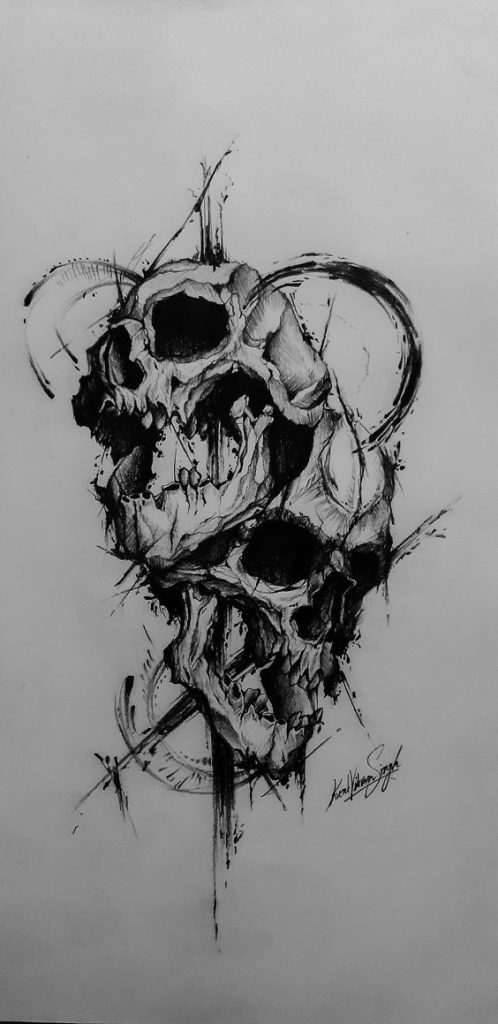
The journey to a fully healed tattoo is a transformative one; your skin works diligently to recover and protect itself after bearing the needle’s impact. This is a factor you need to identify before considering a touch-up – the level of healing. But how can you tell your tattoo has sufficiently healed? Ah! t’s not as complex as you might think.
A fully healed tattoo will typically have gone through various stages, including scabbing, peeling, and perhaps a period of dullness. But once these stages have passed, you will notice a significant difference in the appearance of your tattoo. It will appear more settled into your skin and lack any raised edges. The tattoo area will match the rest of your skin — it won’t be flaky or scaly. Your tattoo is like a new car, shiny and vibrant. It’s ready to hit the road, only in this case, ready for a touch-up if needed.
Remember, rushing the process may lead to scarring or loss of tattoo quality. Patience isn’t just a virtue — it’s an essential aspect of the tattoo healing and touch-up process. So, let your body set the pace and do its thing. After all, good things come to those who wait, right?
4. The Role of Tattoo Aftercare in Touch-Up Timing
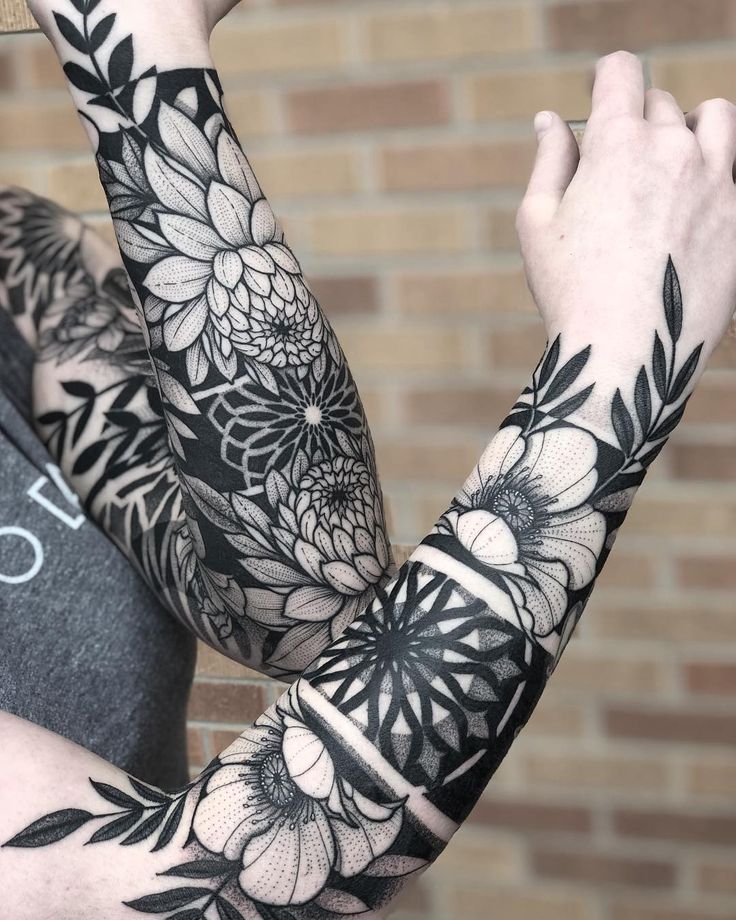
Proper aftercare greatly impacts the healing process of a tattoo and subsequently, the timing for a necessary touch-up. This is due to the chilling fact that mishandled aftercare can cause unnecessary damage to your fresh tattoo. For instance, if the tattoo doesn’t heal properly, the colors may fade, the lines may blur, or an infection might arise. Failing to provide adequate aftercare can imperil your new body art, which could necessitate the need for touch-ups sooner than the usual 2-6 months period.
In this regard, it’s invaluable to share information with your tattoo artist – from any allergic reactions to developments in the healing process. Tattoo artists, with their experience, can give invaluable advice, helping you avoid any hiccups in your tattoo’s healing journey.
Guidelines for Effective Tattoo Aftercare
Caring for your fresh tattoo religiously is a must-do in securing its vibrancy and longevity. Here are some best practices for tattoo aftercare:
- Keep the Bandage On: Your tattoo artist will cover your tattoo with a bandage which should remain in place for a minimum of a few hours to protect the fresh tattoo from bacteria and air-borne allergens.
- Clean Regularly: After removing your bandage, clean your tattoo regularly with an antibacterial soap and lukewarm water. Avoid scrubbing and pat dry gently with a clean towel.
- Hydrate and Moisturize: Use an alcohol-free and fragrance-free moisturizer several times a day to keep the tattooed area hydrated and to expedite healing. Dry skin can lead to scabs and eventually scars, both of which can affect the quality of your tattoo.
- Avoid Sun Exposure: Keep your tattoo protected from the sun as UV radiation can fade the tattoo and impair the healing process. After the tattoo completely heals, apply a sunblock of at least SPF 30 before exposing the tattoo to the sun.
- Stay Hydrated: Drinking plenty of water promotes skin health, which indirectly assists the healing process of your tattoo.
Remember, a well-loved tattoo with optimal aftercare not only heals beautifully but should require few touch-ups, allowing you to enjoy your masterpiece for years to come.
5. When to Consult Your Tattoo Artist

Benefits of a Follow-Up Consultation with the Original Tattoo Artist
The benefits of seeking a follow-up consultation with the original tattoo artist cannot be overstated. This artist understands your unique artwork and skin type, as well as the original intent and vision for your body art. Collaboratively reviewing the healing process, you can assess whether the tattoo has healed as planned or if there are discrepancies in color, structure, or line work that require attention.
During this consultation, your tattoo artist can also make knowledgeable recommendations about any necessary touch-ups based on the artwork style and body part. Any studio policies concerning touch-ups can be clarified at this point as well. This is crucial advice, considering that you and your tattooist are partners in this journey to maintain the beauty of your ink art over time.
Expectations During a Touch-Up Consultation
During a touch-up consultation, your tattooist will closely inspect your fully healed tattoo, looking for areas that may have lost their original vibrancy or sharpness. Touch-ups typically target specific areas such as unclear lines, faded colors, or parts of the design that may not be as aesthetically pleasing as initially intended.
The artist will then discuss and plan the necessary enhancements with you, ensuring that your expectations align. Keep in mind that a touch-up is not merely a quick fix, but a meticulous process aimed at restoring or improving your artwork’s aesthetics without compromising the tattoo’s integrity.
At the end of the consultation, a schedule for the touch-up process should be established. This timeline depends on the tattoo’s condition, the complexity of the adjustments required, and your convenience. It’s essential that you ask any lingering questions at this point to calm any anxieties and get you prepared for what lies ahead.
6. Potential Risks of Premature Touch-Ups
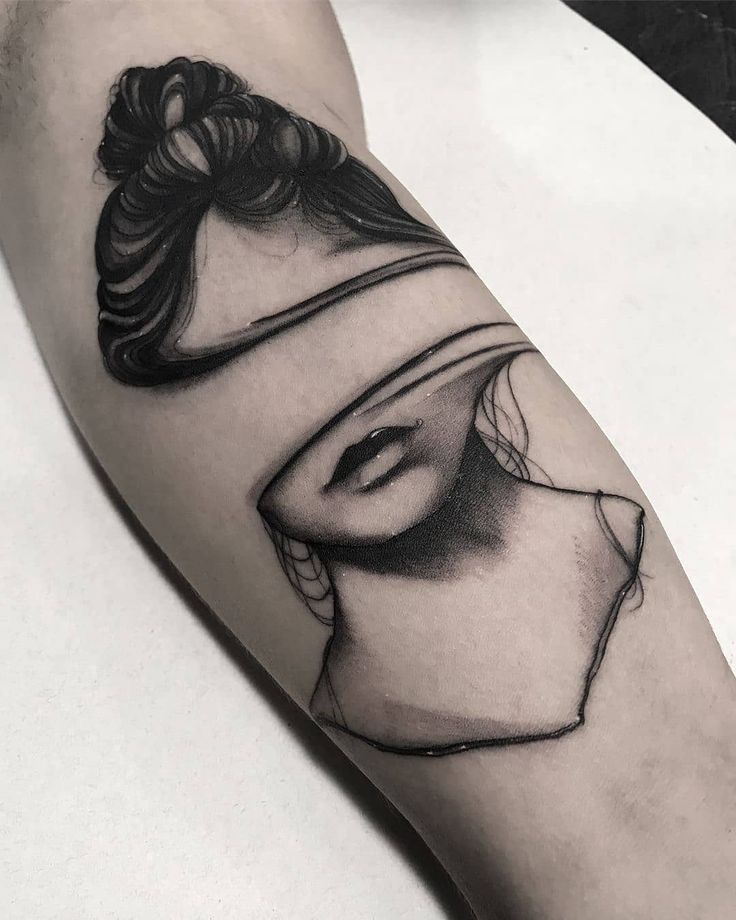
Early attempts for tattoo touch-ups can carry certain risks. When a tattoo is not given its due time to heal, the skin remains sensitive and vulnerable, causing the touch-up process to be potentially more painful. The main concern, however, lies in the fact that an unhealed tattoo is an open wound. Introducing new ink during this period may increase the risk of infections and skin irritations, leading to long-lasting negative impacts on your skin health.
A compromised healing process, on the other hand, may significantly affect the quality of the tattoo and its eventual appearance after the touch-up. Various factors can disrupt this process such as improper aftercare methods, excessive exposure to sunlight, contact with dirty water, and even certain lifestyle habits like smoking. A disturbed healing phase can lead to color fading, ink bleeding, scarring, or even tattoo infections. Thus, ensuring optimal healing is crucial before going in for a touch-up session.
7. Factors Affecting Touch-Up Timing

Understanding how long to wait before getting a tattoo touch-up can be a complex process that takes numerous factors into consideration. These may include but are not limited to the size and color of your tattoo, its location on your body, and your individual healing rates. Here’s why these aspects matter:
Size of the Tattoo: The physical size of your tattoo can have a direct influence on the wait time for a touch-up. Large tattoos provide a bigger surface area for potential imperfections and can also take longer to heal as opposed to smaller designs. As such, your artist may recommend a slightly extended wait time for touch-ups on larger pieces to ensure complete healing.
Color of the Tattoo: Vivid, colorful tattoos may require touch-ups to bring back lost vibrancy due to the healing process. Some colors can fade faster than others and might therefore need retouching sooner. Conversely, black and grey tattoos might require touch-ups less frequently as these inks often hold more effectively within the skin.
Location of the Tattoo: Tattoos located on areas of your body experiencing frequent friction, stretching or sun exposure (like hands, feet or neck) are more prone to fading and imperfections over time. Thus, tattoos on these areas might require touch-ups more regularly to maintain their appearance.
Individual Healing Rates: Everybody heals differently. Factors like age, skin type, and overall health can impact your skin’s capability to heal and absorb the tattoo ink effectively. Some people might find their tattoos heal relatively quickly and perfectly, while others may experience slower healing with some patching or fading. This aspect greatly influences the optimal wait period for a tattoo touch-up.
8. The AI Tattoo Generator: Revolutionizing Design Choices
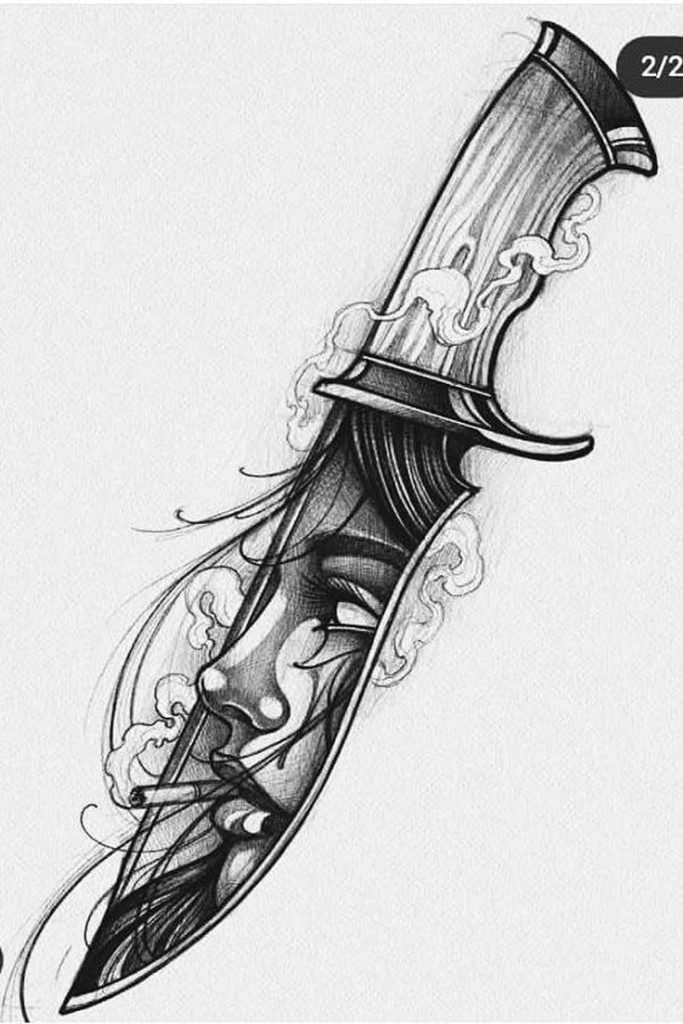
Introduction to AI Tattoo Generators
AI Tattoo Generators are a revolutionary tool in the world of tattooing. These innovative tools harness the power of machine learning to generate a range of unique and custom tattoo designs. As a user, you provide some inputs and preferences, and the AI engine processes this data to create a personalized design. You no longer need to browse through countless galleries or worry about having similar tattoos as others, AI tattoo generators are here to provide an exciting array of uniquely tailored designs.
Benefits of Using an AI Tattoo Generator
One of the key benefits of using an AI Tattoo Generator is the wealth of unique, personalized design options it caters to. Available at the click of a button, these generators interpret your inputs and preferences to fashion designs that resonate with your style. This takes the pressure off choosing a design from a limited set and gives you more control over the final design.
In addition, AI Tattoo Generators often come equipped with a visualization feature. By using intuitive mapping techniques, these tools can present a virtual image of how the tattoo might look on different parts of your body. This analytical visualization can dramatically improve your decision-making process and comfort level prior to the actual tattooing.
Integrating AI Designs into Touch-Up Processes
AI-generated designs are not just for new tattoos, they can also play an important role in the touch-up process. Whether you want to enhance the existing details of a tattoo or implement a dramatic change, AI tools can visualize novel concepts while preserving the integrity of your initial artwork.
Don’t overlook the potential of a tattoo artist and AI tool collaboration. Tattoo artists can use these tools to refine or modify the design to better suit your skin tone, tattoo location, and personal preferences. This collaboration ensures a unique result that combines artistic intuition with AI precision.
Future Possibilities and Considerations
The future of AI in tattooing is indeed promising and rife with possibilities. As these tools continue to learn and evolve, the potential for fully automated tattooing processes is within sight. This could revolutionize the art of tattooing, providing people with even more personalized, unique designs. However, it’s essential to stay informed and aware as technology advances, ensuring your tattoo journey aligns with your comfort, safety, and satisfaction.
9. Touch-Up Schedules for Different Tattoo Types
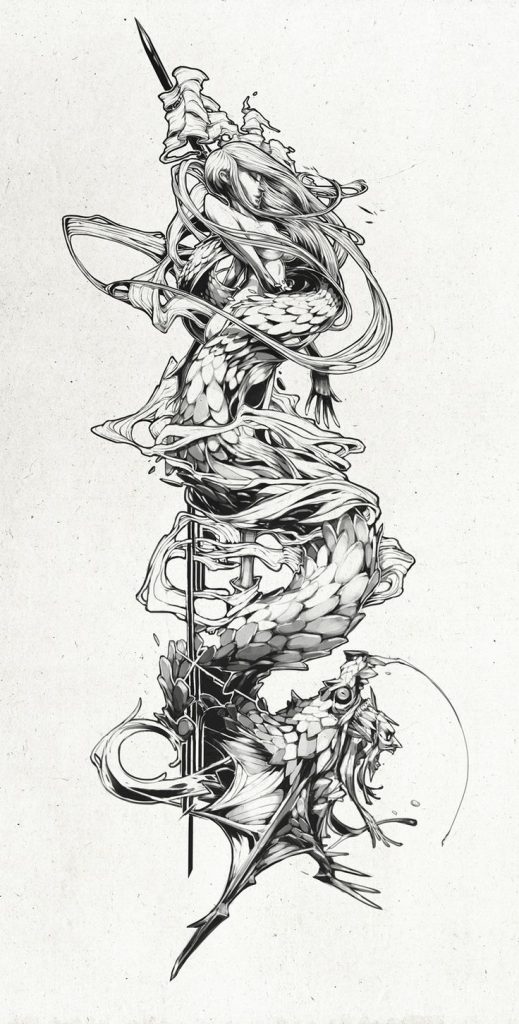
In the spectrum of tattoos, different types require specific considerations when it comes to touch-ups. Just as the artist tailors their technique to the style of your tattoo, so must the timing of your touch-ups be adapted to best suit the qualities of your specific inked creation.
Line Work Tattoos
Line work tattoos typically display bold, simple designs with sharp edges. Usually, these tattoos withstand the test of time well due to their minimalist nature. However, they do eventually fade and may require a touch-up. In general, with proper aftercare, a touch-up shouldn’t be necessary for a good 2-3 years following the original inking.
Shaded Area Tattoos
Tattoos with large shaded areas tend to fade more rapidly. The small, scattered tattoo needles used for shading may not penetrate as deeply into the skin, leading to quicker color fading. Thus, these tattoos often warrant a touch-up within 1-2 years.
Color Tattoos
Color tattoos can be astonishingly vivid and vibrant, but they do sometimes fade faster than their black ink counterparts. Particularly light colors such as white, pink, and yellow may need to be touched up more often. While every case varies, it’s common to need a touch-up for a color tattoo in 1-3 years depending on the color palette used.
Black Ink Tattoos
Black ink tattoos, due to the resilience of the ink pigment, often remain sharp longer than color tattoos. Touch-ups, therefore, are less frequently needed. Still, elements like environmental exposure, skin type and lifestyle can influence its longevity, usually compelling a touch-up after about 2-5 years.
Remember, these are just general guidelines for touch-up timelines and should be customized according to your tattoo’s specific requirements and personal healing process circumstances.
10. Touch-Up Tips: Preparing for the Best Results
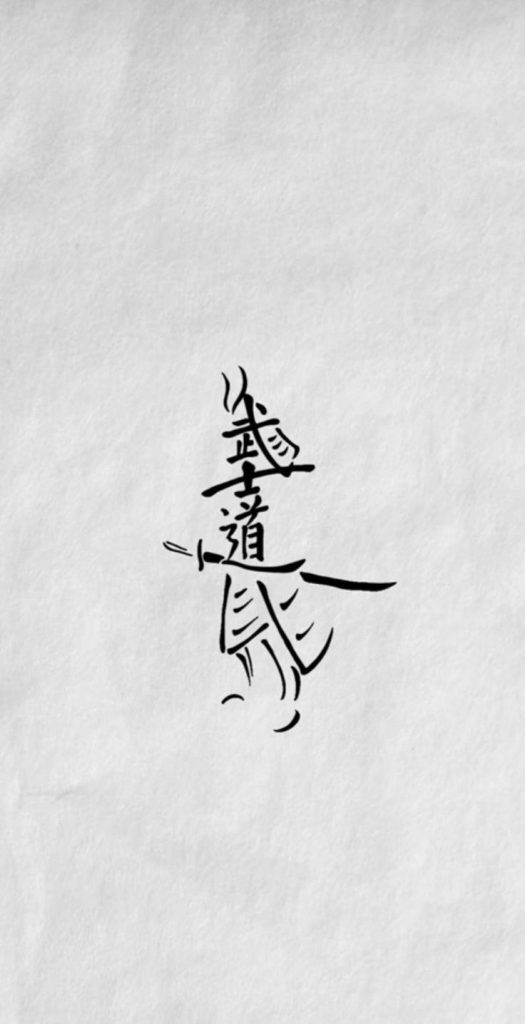
Preparing for Your Touch-Up: Tips to Ensure Maximum Results
Preparation is key when it comes to tattoo touch-ups. Any degree of retouching involves going back under the needle, so ensuring your skin is in prime condition is crucial. Avoid excessive sun exposure or any activities that might lead to skin irritation in the days leading up to your appointment. Hydrate your skin regularly with gentle, fragrance-free lotions. Most importantly, follow any specific advice from your tattoo artist, as they have a clear understanding of your individual needs.
Long-Term Care: Keeping Your Tattoo Fresh After a Touch-Up
A touch-up breathes new life into your tattoo, but it’s only part of the story. To maintain the vibrant colors and crisp lines, you must commit to a long-term care regimen. Protect your skin from UV rays with high-SPF sunblock, avoid exposing your tattoo to harsh elements, and keep your skin moisturized. Avoid using lotions with harsh chemicals or fragrances that could lead to fading. Remember, the longevity of your tattoo significantly depends on how well you treat your skin.
Conclusion
In this article, we’ve explored critical steps preceding a tattoo touch-up: proper healing and aftercare, the importance of your artist’s advice, and understanding that touch-up timing may vary based on factors like skin tone, ink pigments, and your lifestyle habits. Touch-ups are inevitable for most, especially tattoos on hands, ankles or highly visible skin areas. Despite occasional lapses in aftercare leading to more touch-ups, providing diligent care ensures the longevity and vibrance of your body art.
FAQ Section
What are the signs that indicate your tattoo is fully healed and ready for a touch-up?
Signs that your tattoo is fully healed and ready for a touch-up includes the absence of any scabbing, peeling, itchiness, or swelling of the skin. The ink should appear settled into the skin and the tattoo should be completely smooth to the touch. Additionally, the colors of the tattoo should appear vibrant and the lines very defined.
How can the location of your tattoo affect the recommended waiting period before a touch-up?
The location of your tattoo significantly influences the wait time before a touch-up. Tattoos on areas subject to daily wear and tear like the hands and feet may require quicker touch-ups due to faster fading. Conversely, areas of the body that are less exposed, such as the back or chest, may take a longer time before a touch-up is needed. Ultimately, it’s crucial to consult your tattoo artist as they can provide specific recommendations based on your body and lifestyle.
Why do some tattoos require touch-ups sooner than others?
The duration until a tattoo requires a touch-up can vary greatly depending on several factors. Notably, the quality of the initial tattoo application process, the aftercare regimen followed, your skin type, and even lifestyle choices play a role. For instance, if the tattoo was not quality work to begin with, it may require touch-ups sooner. Additionally, if the tattooed skin is frequently exposed to the sun without appropriate protection, it tends to fade more rapidly. Lastly, tattoos situated in high-friction areas like hands, wrist, ankles and feet, where the skin is often in contact with elements, may need touch-ups more frequently.
What complications can arise from getting a tattoo touch-up too early?
Getting a tattoo touch-up too early can lead to complications such as prolonged healing time, exacerbation of skin trauma, and increased risk of infections. The skin may not be fully recovered from the initial ink placement, which can heighten skin sensitivity during the touch-up leading to excessive pain. Additionally, there’s a risk of worsening an already present infection or triggering new ones. Overworking on the same skin area can also cause unwanted scar tissues, color saturation problems, or overall aesthetic distortion of the tattoo design. For optimal results and safety, it’s important to wait until your tattoo is fully healed before considering a touch-up.

